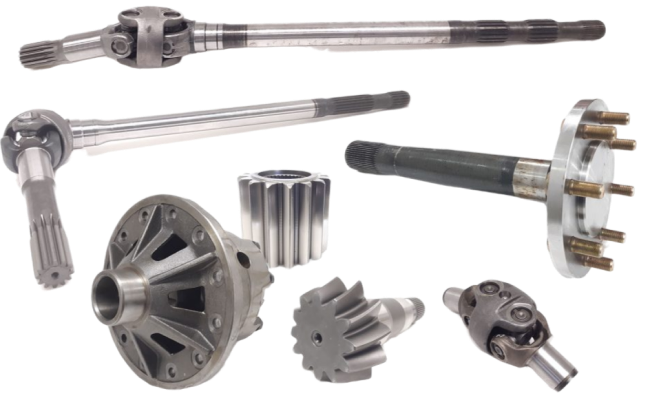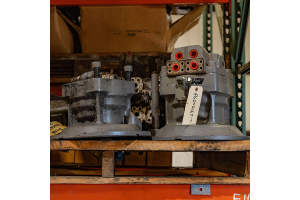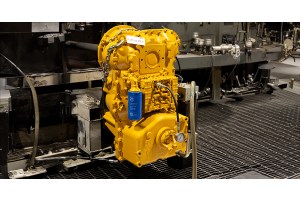
What is a Differential?
The differential is a crucial component of a vehicle's drivetrain system, responsible for ensuring that the wheels or tracks work harmoniously. Its primary function is to distribute the appropriate power to each wheel on a given axle, allowing for smooth and controlled movement. By doing so, the differential enables the vehicle to turn efficiently while maintaining equal power distribution to each wheel or track, regardless of speed or direction.
How Does It Work?
The differential connects to the driveshaft, serving as a mechanical link between the engine's power and the wheels or tracks. It acts as a gearbox with three essential elements: the ring gear, side gear, and pinion gear. When the vehicle turns, the wheels or tracks on the outer side cover a greater distance than the inner ones. The differential allows for varying speeds between the wheels or tracks, ensuring smooth turns without strain or damage.
The main function of the differential is to deliver engine power to the axles, which, in turn, powers the wheels or tracks. It plays a pivotal role in maintaining stability during turns and providing the necessary traction for efficient movement.
Types of Differentials
-
Open Differential:
- More common in standard vehicles.
- Splits the engine's torque into two directions.
- Allows each wheel or track to rotate at different speeds when turning.
-
Locking Differential:
- Also known as welded differential.
- Connects the wheels or tracks, making them move at the same speed.
- Enhances traction but may cause tire wear on turns.
-
Limited-Slip Differential:
- Acts similarly to an open differential under normal conditions.
- When a wheel loses traction, it acts like a locking differential to provide more traction while in operation.
-
Torque-Vectoring Differential:
- Designed with multiple gear trains.
- Fine-tunes the amount of torque each wheel or track receives, improving maneuverability and stability.
Signs of a Failing Differential
Recognizing potential issues with the differential can prevent further damage and ensure vehicle performance. Here are some common signs of a faulty differential:
- Machine runs out of oil at a faster rate than normal.
- Steering becomes difficult or labored.
- Grinding, clunking, or howling noises when in motion.
- Extensive wear and tear on tires or tracks.
- Constant vibrations during acceleration.
- Driveshaft that's out of balance.
If you notice any of these signs, it's essential to have the differential inspected and repaired promptly to avoid further complications and maintain optimal vehicle performance.
Need a differential for your machine? Click below to get a quote today!









